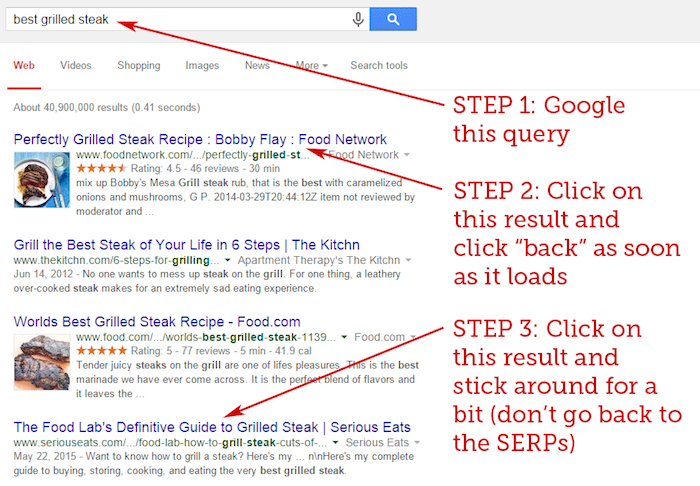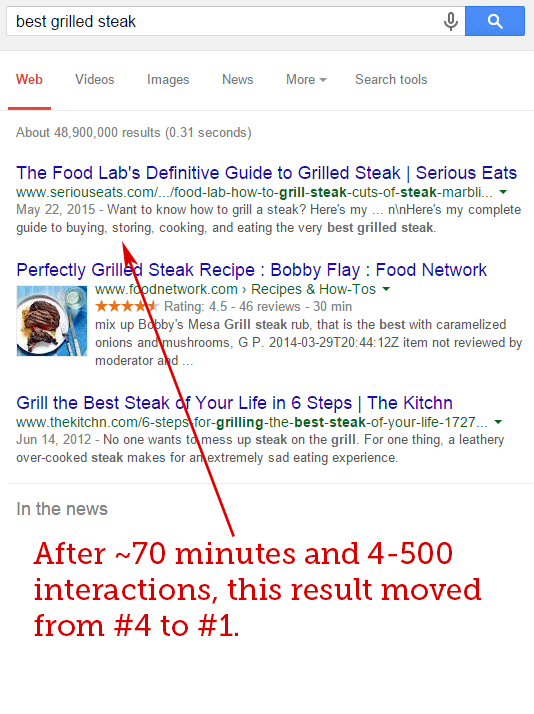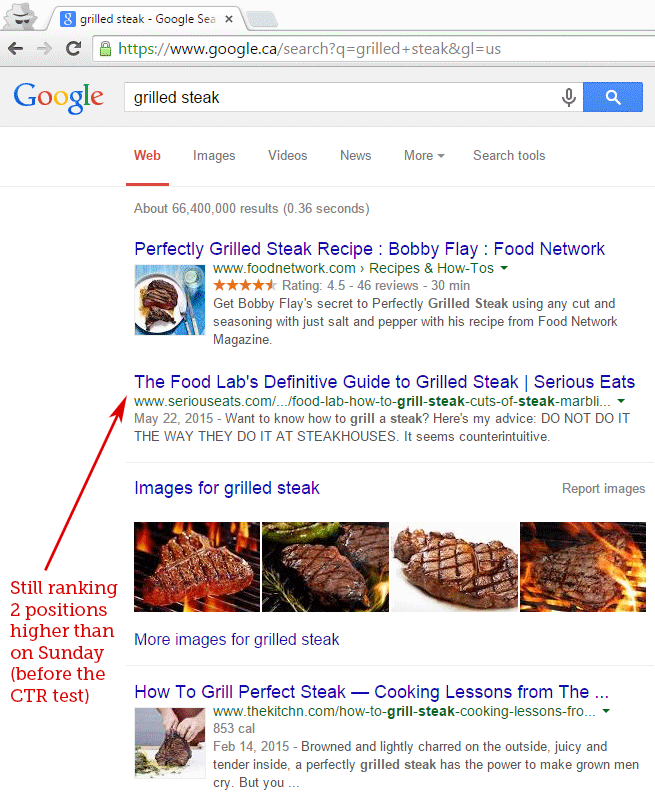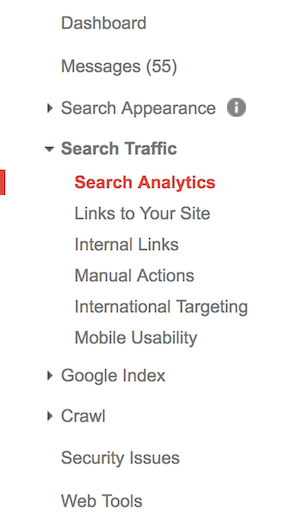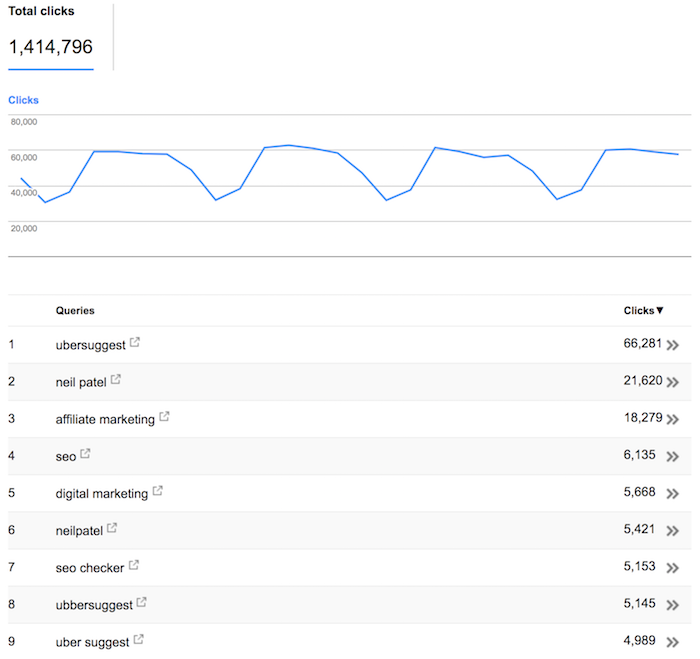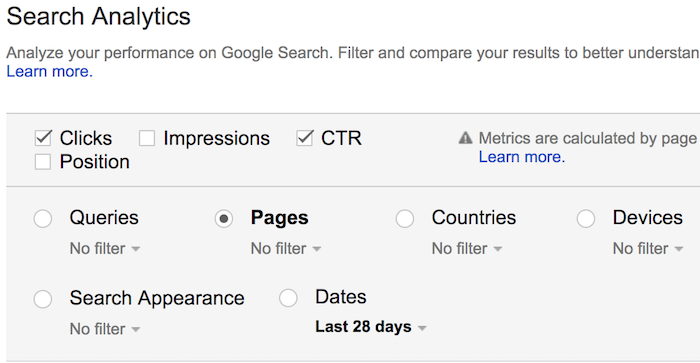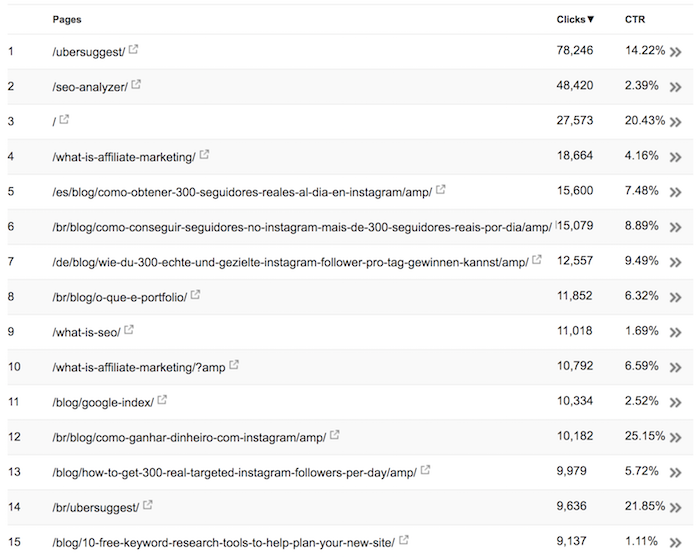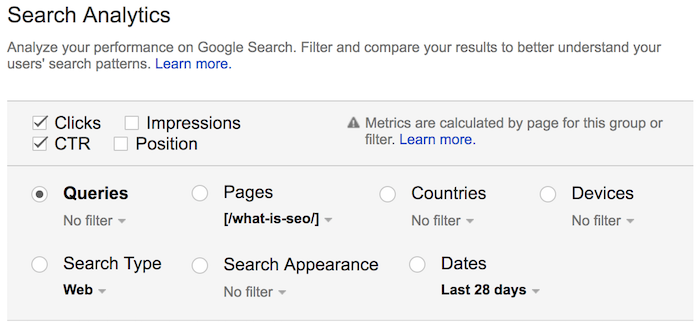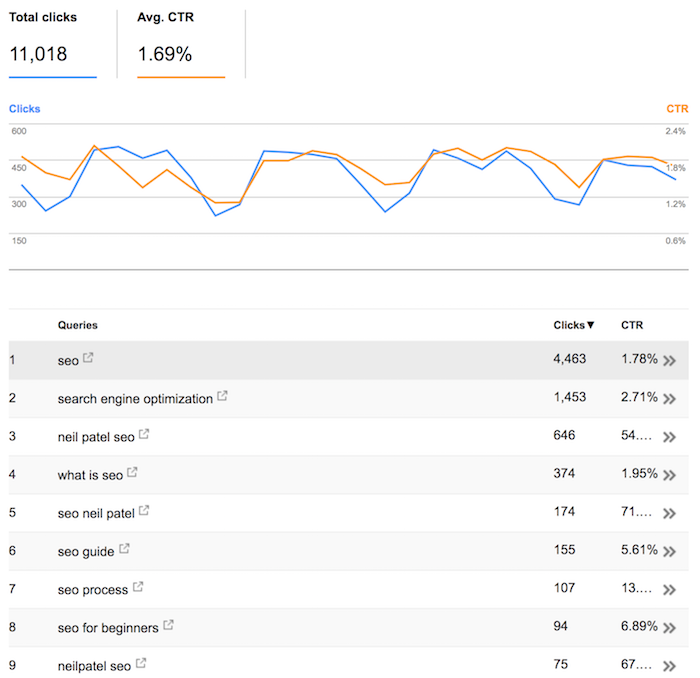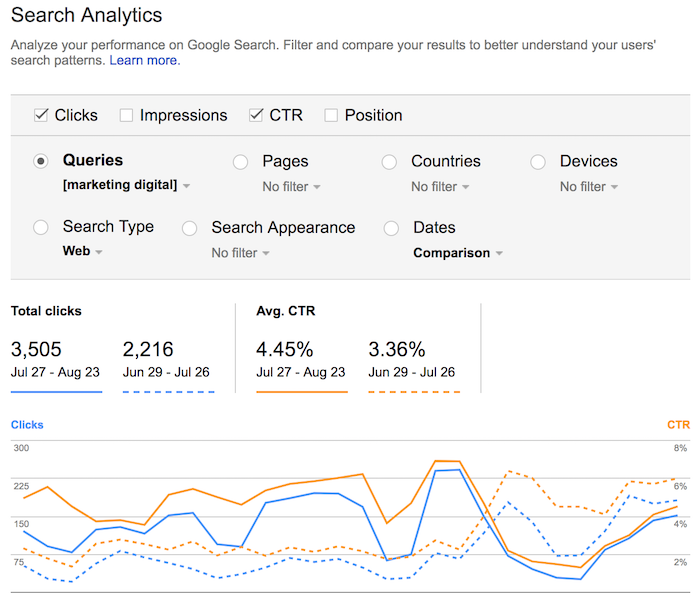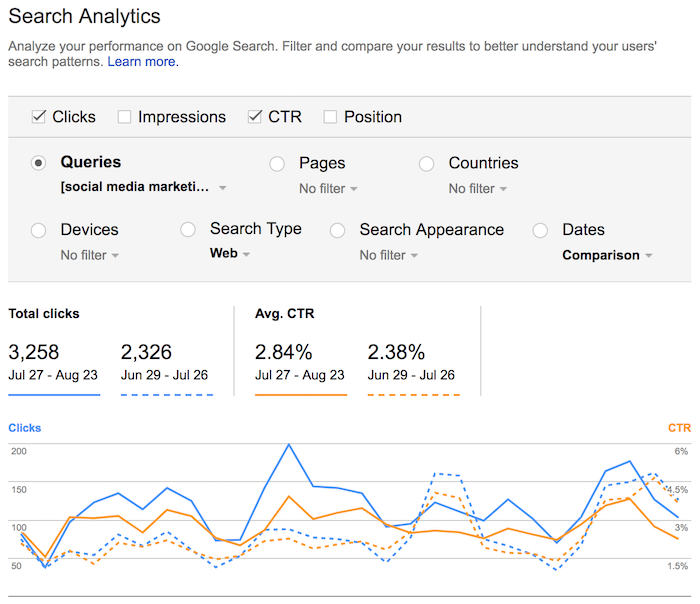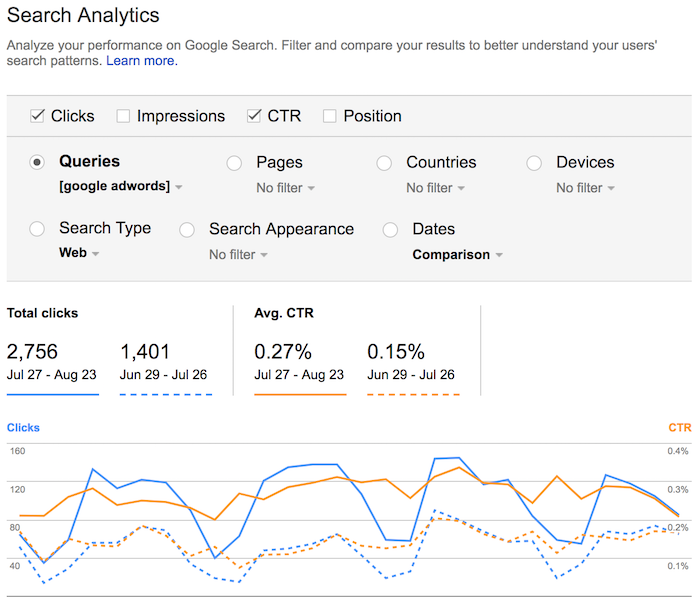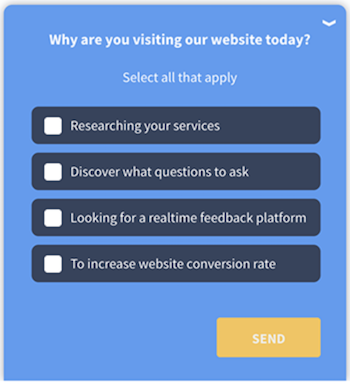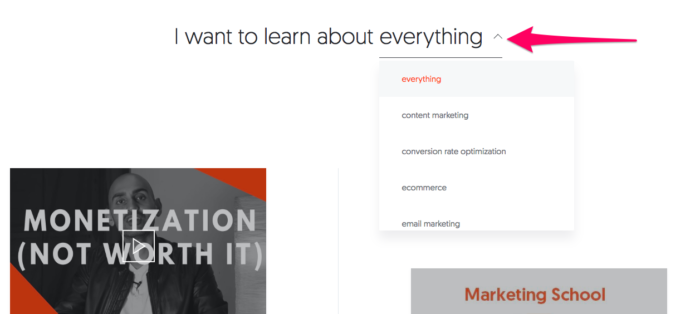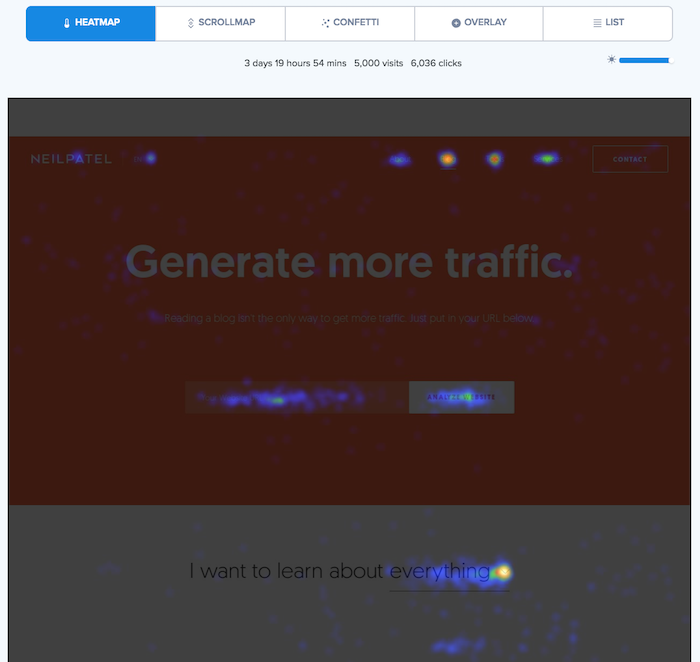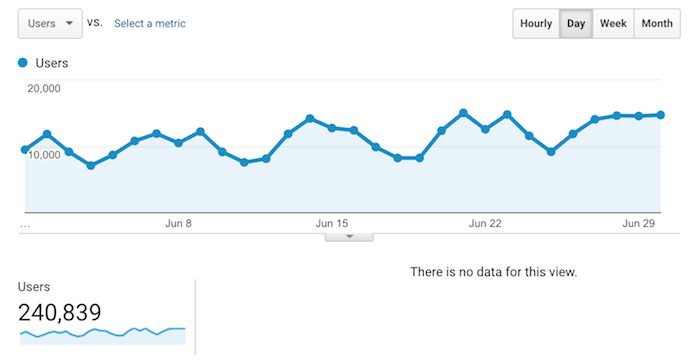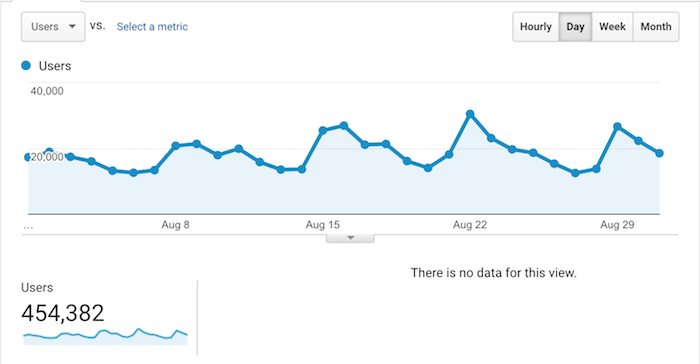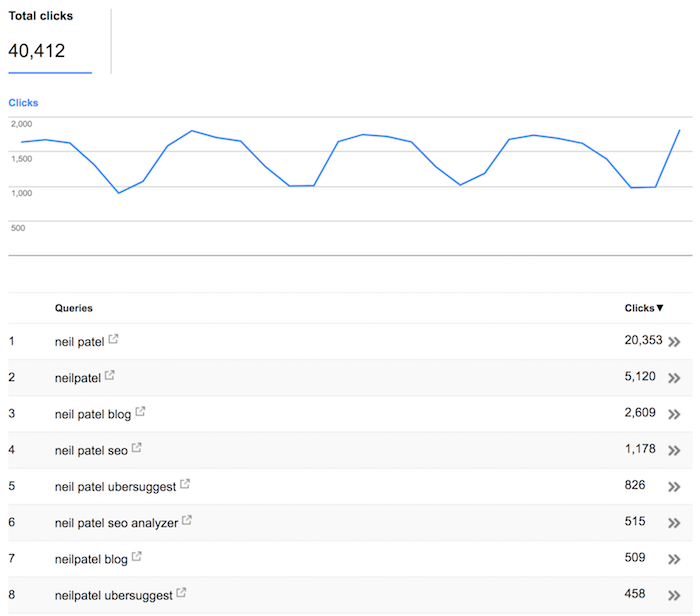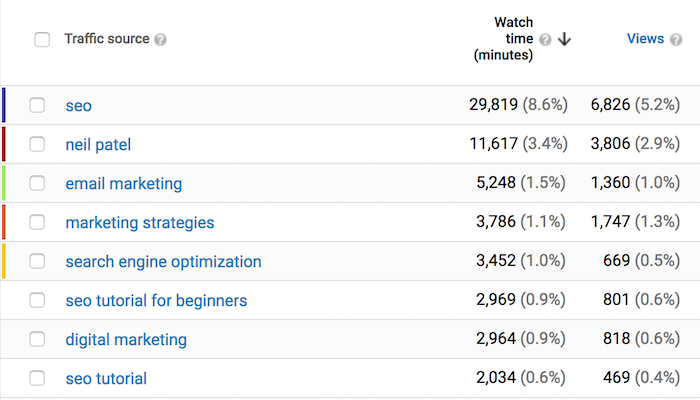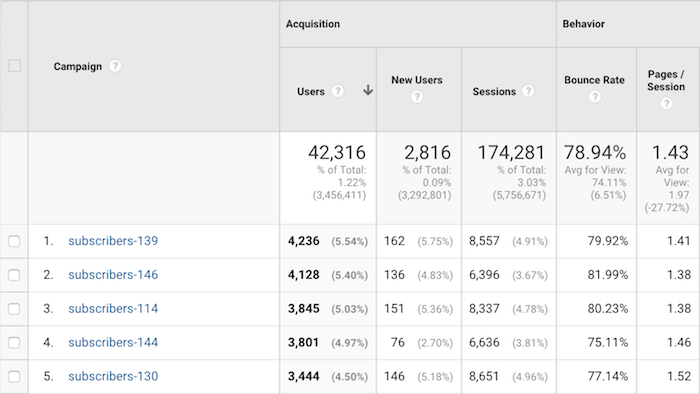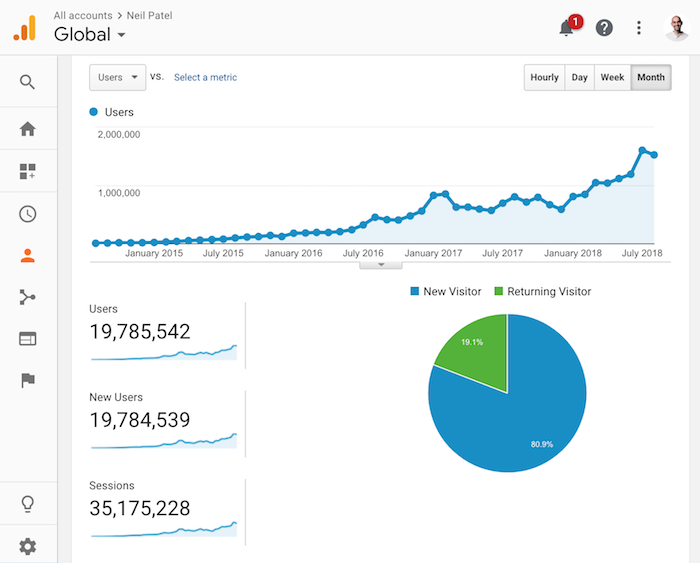if you were going to build some dirty Lane she were going to need some bodyguards or you might be fighting Penguins
To survive, local businesses need to learn how to adapt to the modern way of marketing.
If you are seeing a plateau or decline in sales, it’s time for you to mix up your marketing strategy.
Even if your small business is profitable right now, you need to stay ahead of your competition to remain successful in the future.
Analyze the latest marketing trends. Recognize the consumer buying behavior. Learn how to get more money from your existing customers.
Unfortunately, only 33% of small businesses reach the 10-year mark. The rest fail.
I don’t want you to become the sad statistic. This was my inspiration for writing this guide.
If your company is new, you need to do everything possible to stay strong for years to come.
Local businesses that have been around for decades may be ready for a marketing facelift. Your strategies that worked 20 years ago probably won’t be as successful in 2018 and beyond.
I narrowed down the top 15 marketing tactics for local business owners. Use this guide as a reference for your future marketing campaigns.
1. Set up your free listing with Google
How are new customers finding you?
If you’re old-school, you may be relying on word of mouth, radio promotions, print ads, and direct mailing. But last year, 97% of consumers searched the Internet for a local business.
Furthermore, positive online reviews make 73% of consumers trust local businesses.
That’s why you need to make sure your local business is listed on Google.

When people use the Internet to search for something, they start with Google.
Setting up your free Google listing makes it easy for consumers to find you when they search for terms related to your business.
Your listing will have all your information:
- address
- phone number
- hours
- directions
- link to website
You’ll be able to add photos to give people a better understanding of the way you operate.
Customers will also be able to add photos. They’ll write reviews about your local business for other people to see, which will have a major impact on your successful.
You need to learn how to get your customers to recommend your brand to others.
Your star rating is the number one factor used by consumers to determine whether they’ll buy from your local business.
In fact, 94% of customers will use businesses with a 4-star rating.
2. Start blogging
As you’ve just seen, consumers use the Internet to find local businesses.
That means you need to understand the basic principles of SEO if you want to increase your chances of getting ranked as a top result.
Roughly 47% of clicks go to the top three positions of Google search results.
Blogging will help you tremendously with your SEO strategy. Just look at these numbers:

More website traffic, more followers, and more leads will ultimately translate to increased profits.
Publishing new blog posts means your website will be updated more frequently with fresh content, which will increase your chances of getting a higher search ranking.
Plus, your posts are a great place to add keywords prospective customers may be searching for when browsing online.
Once you’re able to establish a steady group of readers for your blog, they’ll visit your website on a regular basis. The more they visit your site, the greater the chances you’ll have of getting them to convert.
3. Join a local group
Local businesses need to remain active in their communities. Joining a local group is a great way to stay connected with residents and other business owners.
I suggest joining your local Chamber of Commerce. There will be a small annual fee, but it’s worth it.
Attending these meetings and events will expose your brand to other businesses.
Will your competitors be part of these groups? It’s possible. But that’s even more of a reason for you to be there.
Let’s say you own a local t-shirt company.
Another local business may be hosting an event in town and need custom shirts made. Rather than ordering the shirts online, they’ll be more inclined to use your services if you both belong to the same local group.
That’s the whole idea behind joining. The businesses look out for one another and always try to support local brands.
4. Give back to the community
Being part of a local community also means you need to give back.
If you’re charitable, don’t be shy about your involvement. Consumers want to hear about how your local business supports charitable causes.

Research shows 91% of customers say they are willing to switch brands if it means supporting one associated with a charitable cause.
And 85% of consumers will have a more positive image of your local business if you support a charity they care about.
You can even ask your community and customers which charities you should support. Studies show 39% of people want to help decide on the charities a business supports by a voting system.
It’s a safe bet to associate with local charities.
This will definitely help you and your business become closer to your community.
You can approach this in many ways.
For starters, you can make an annual contribution to a charity.
You can also run special promotions with a certain percentage of sales on a particular day or week goes to a cause.
Giving back to your community doesn’t always mean donating to a charity.
For example, let’s say you own a local restaurant. You can provide food for a public high school graduation event. These types of parties run by the school are intended to keep students safe and sober on the night of their graduation.
5. Run contests
Contests are a great way to get people excited about your local business.
The best way to run these contests is through online platforms. Leverage your social media profiles for this strategy.
Run contests that encourage user-generated content. For example, ask your followers to post pictures related to your business. Then pick a winner based on who gets the most likes on their photo.
The whole idea behind these contests is to grow your social media following.
If people see their friends and family posting about your local business on their social profiles, it will increase your exposure and increase the chances of them following you as well.
Now you’ll be able to post promotional content aimed at your new followers that converts them into customers.
6. Verify your information on Yelp
In addition to your Google listing, your local business will also have profiles set up on other platforms, whether you signed up or not.
For example, you may have a Yelp profile because customers rated and reviewed your business.
It’s important that you make sure all your information such as your store hours, phone number, address, and website is accurate on these platforms.
More than 90% of consumers make a purchase after viewing a business on Yelp.

If a customer tries to contact you and the phone number is wrong, or if they show up to your store thinking you’re open and you’re actually closed, it’s going to hurt you.
It’s in your best interest to claim your business on Yelp so that you can control the information in your listing.
7. Implement a customer loyalty program
If you’re looking for a fast way to increase sales, you need to learn how to create a customer loyalty program.
The best part about this marketing tactic is you can make more money without having to acquire new customers. Your focus will be on getting your existing customers to spend more money.
The goal of your loyalty program should focus on two things:
- increasing purchase frequency
- increasing average purchase amount
By accomplishing these two things, you’ll be able to drive growth through sales.
More than 82% of consumers are more likely to shop at stores with customer loyalty programs.
Your loyalty program could be something as simple as a punch card. On the 10th visit, the customer gets a free reward or something like that.
Or you can set up a system that’s a little bit more in-depth. Reward your highest spending customers by implementing a loyalty program based on different spending tiers.
The best way to track this type of program is with a customer profile or mobile app, but we’ll discuss that in greater detail shortly.
8. Offer discounts
Consumers are price-sensitive.
As a local business, you need to recognize this and adjust your pricing accordingly.
Some of you may be hesitant to offer discounts because you feel like it lowers the value of your brand. Plus, your current prices may not yield profits if you offer discounts.
If that’s the case, you should consider raising your base prices. Then offer discounts on those new prices.
Psychologically, this is more appealing to your customers. They want to feel they’re getting a deal.
If your local business has an ecommerce store, an active discount code will increase your chances of getting more sales.
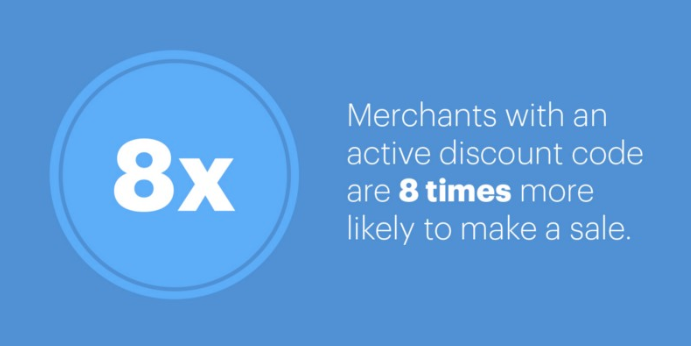
Whether you’re selling online, in-store, or both, it’s important your business offers coupons and discounts to your customers.
9. Increase your social media presence
We briefly discussed social media earlier when we talked about running contests to promote your local business.
You need to establish an active presence on as many social media platforms as possible.
Sure, you might be on Facebook. But that’s not enough. Last year, more than half of small businesses increased their social media investment for platforms like Instagram, Twitter, and YouTube.

If you have a local B2B company, you also need to prioritize networks such as LinkedIn.
Just 43% of small businesses share content and engage with their followers on a daily basis. That number should be much higher.
I know what you’re thinking. Running a small business is tough.
You’re already putting in long days, and you just don’t have enough time to focus on your social media strategy.
Don’t get overwhelmed. Check out my favorite time-saving social media marketing tools to help you automate the process.
10. Partner with a local influencer
To take your social media marketing strategy to the next level, you should consider working with local influencers.
These are people in the community who have a large social following.
You can pay them to promote your local business on their distribution channels to increase your reach.
The best part about this strategy is it’s relatively inexpensive. Each post will likely only cost you a couple hundred bucks at most, and you can even pay them less if you offer them some free stuff as well.
Influencers have extremely high engagement rates with their followers, and their audiences trust their recommendations.
11. Set up a customer referral program
Implementing a customer referral program is one of my favorite ways to acquire new customers without doing any work.
The idea behind this strategy is to get your current customers to do all the heavy lifting.
It’s a strategy that focuses on both customer retention and customer acquisition, which are the top two most significant retail drivers.
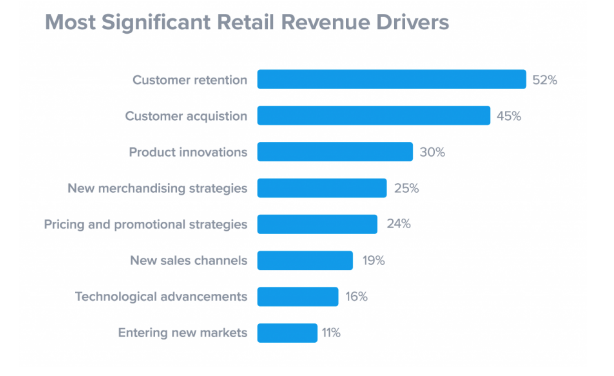
For your referral program to be successful, you need to offer an incentive to both parties.
Reward your existing customers for each referral. This gives them the motivation to get out there and refer your local business to as many people as possible.
As for the new customer, they’ll need some type of incentive as well to get them in the door.
If they’re satisfied with their purchase, they’ll start referring new customers as well.
This can turn into a highly profitable cycle for your business. That’s because 86% of consumers say their close friends influence their decisions to make a purchase.
Simply put, referrals work.
12. Add subscribers to your email list
Don’t underestimate email marketing.
While it may not be the newest or sexiest marketing tactic, it’s one of the most effective strategies out there.
According to research, 81% of small business owners say email marketing drives customer acquisition. And 80% of them say they were successful in using email marketing to retain customers.
This strategy is extremely profitable. For every $1 spent on email marketing, your local business can expect to see a $44 return.
In fact, 77% of your email ROI will come from campaigns that are targeted, segmented, and triggered.
But your email strategy won’t be effective if you don’t have subscribers.
Focus your efforts on getting more customers to join your list, and the rest will take care of itself if you stay on top of your campaigns.
13. Launch a mobile app
It doesn’t matter what type of business you have or what industry you’re in, I can promise you your customers are using mobile devices.
If you have the funds available, you need to consider launching a mobile app for your local business.
That’s because the majority of mobile time is spent using apps.

Studies indicate 63% of consumers prefer an app compared to a mobile site because it’s more convenient.
And 57% of users like apps because they are faster than mobile sites.
You may not think an app is necessary for your local business right now, but it will be in the future. Even if you’re not ready to start this process today, you need to plan to do it soon.
Once your app launches, it will help you personalize the customer experience.
You can use your app to facilitate your customer loyalty programs and customer referral programs, which I talked about earlier.
If you already have a live app or you’re in the process of building one, refer to my guide on how to improve the profitability of your small business mobile app.
14. Set up Google Alerts
Google Alerts will help you monitor what’s being said about your business online.
Reports will be emailed to you anytime your local business or other keywords are published on the Internet.
This will help you stay on top of the latest news, whether it’s positive or negative.
For example, let’s say some blogger writes an unfavorable post about your brand online.
You’ll be able to see it and act accordingly right away as opposed to finding out about the post weeks later.
Or, on the flip side, if a local news publication writes a positive article about your business, you can share that content on your website and your social media channels.
15. Improve your customer service
Your local business needs to provide excellent customer service:

How does good customer service help your business?
Well, as I previously discussed, prospective customers will use a number of different tools and platforms to research your business.
They’ll read reviews online, check social media, and take advice from their friends and family.
If you’re able to provide high-quality customer service, it will be evident in the way you’re perceived online. As a result, your current customers will keep coming back, and you’ll get new customers walking through your doors as well.
Conclusion
As a local business, you can’t afford to fall behind your competition.
Take a look at your current marketing campaigns, and ask yourself whether they’re generating the results you’re looking for.
It might be time to switch up your marketing strategy.
If you’re looking for new ways to promote your local business, use this guide as a reference.
I’m not expecting you to implement all these strategies overnight. But go through the list, and prioritize some of these tactics based on the needs of your business.
What types of marketing strategies are you using to promote your local business?

one of the biggest metrics Google is measuring is click through rate and it's also one of the easiest to manipulate
from Brian Milners SEO Feed http://feedproxy.google.com/~r/Quicksprout/~3/o_0ShWWeVjw/
via
IFTTT

